A long time ago a single Ceiba tree grew up from the earth and covered the sky with its branches and leaves. Two gods, Ipi and Yoi, became tired of living in darkness and wanted to have the light of the sun. They threw spears and shot arrows into the canopy above them, creating small holes of sunlight, but it wasn’t enough. They decided they needed to cut down the Ceiba tree. They called to the animals of the jungle for help and each took an ax and began cutting down the tree. After months of labor, they finally cut through the trunk and the tree came crashing down. Where the tree fell became the Amazon River, its branches became the tributaries, and all the leaves of different sizes and colors became the varied species of fish. This is how the Amazon River was born.
- Tikuna Myth
Hoge Tree - same family as the Ceiba
Colombia lays claim to one side of the Amazon River for about 150 of its 6,400 kilometers. In this 150-kilometer stretch, the river acts as the border between Colombia and Peru, with Brazil right next store. If you are so inclined, you can have arepas for breakfast in Colombia, ceviche for lunch in Peru, and dance the night away in Brazil. After spending the previous two months exploring the cities, small towns, and countryside of Colombia, I found an opportunity to volunteer as a translator for a tour company in the Amazon. I was excited to be in such a remote and exotic location, but also nervous to see whether my newly acquired Spanish skills were good enough to get the job done.
Based out of the small 3,000-person and vehicle-free town of Puerto Nariño, I spent the next seven weeks working alongside the local indigenous guides to bring groups into the Amazon rainforest and out onto the river. I translated all the information that the guides provided, questions that the tourists had, and helped with the logistics of managing the group. I learned about the dozens of trees with medicinal value or poisonous resin, which trees have the best wood for building houses or boats, and came face to face with monkeys, frogs, spiders, dolphins, birds, piranhas, and caimans in the wild.
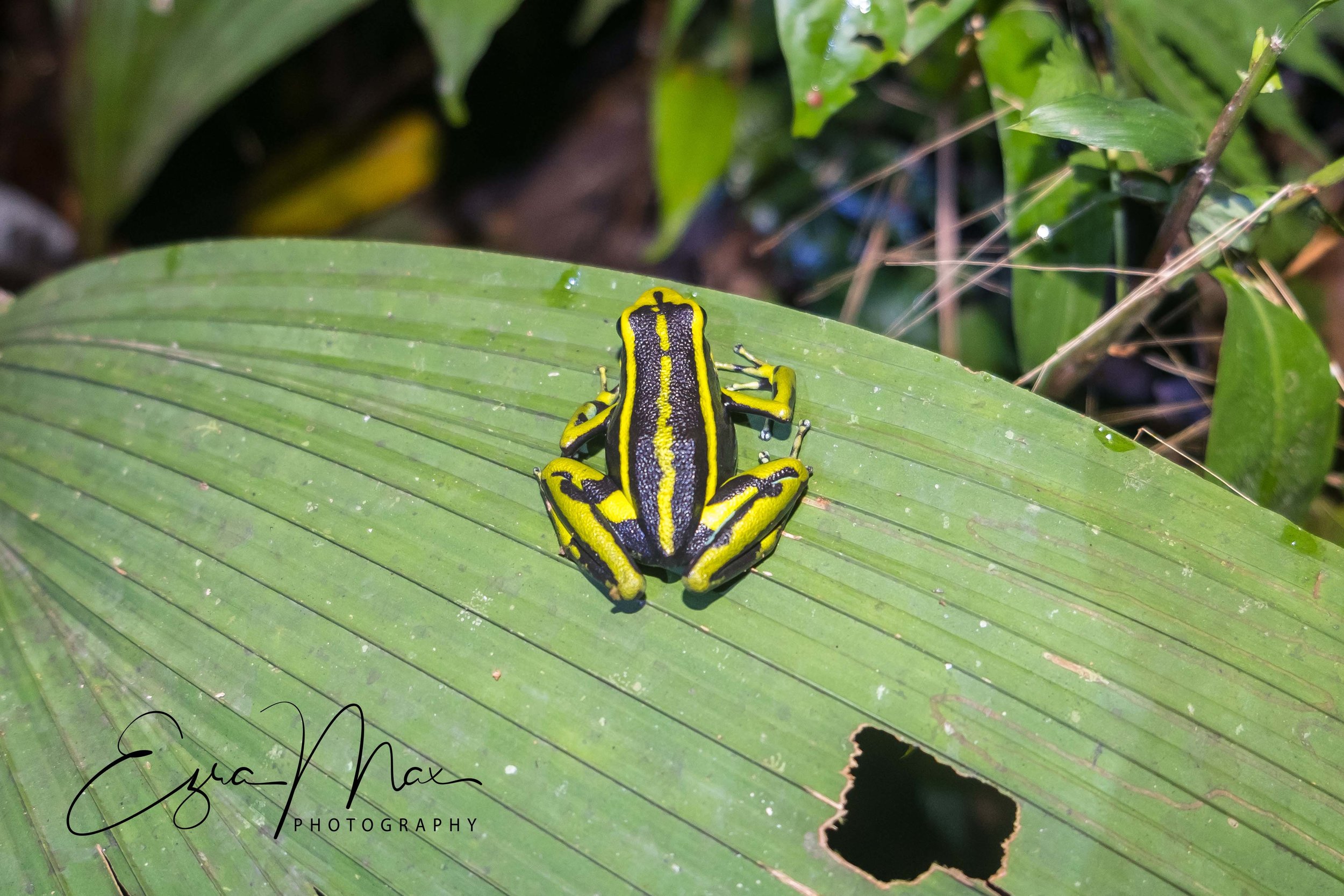
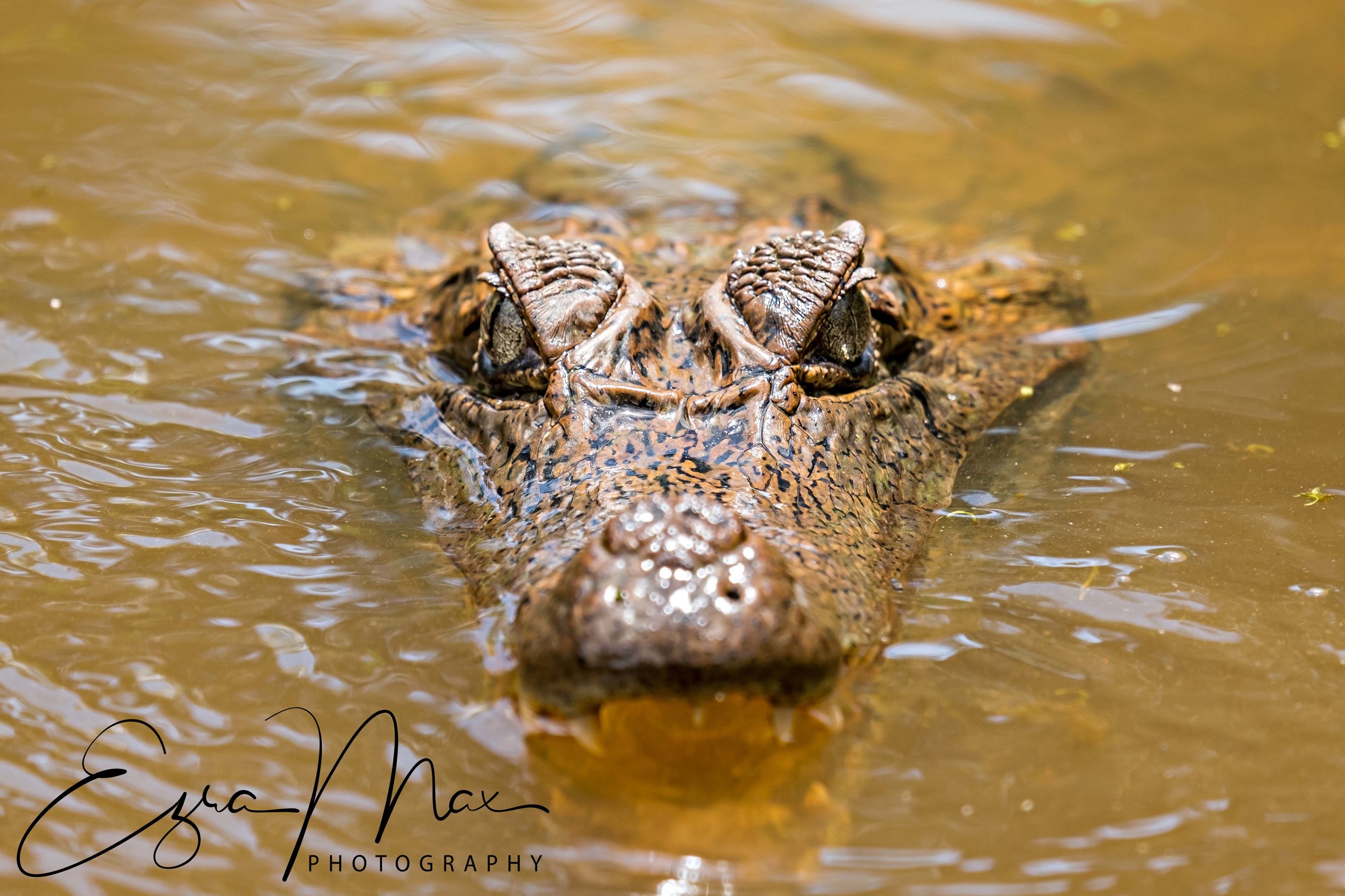
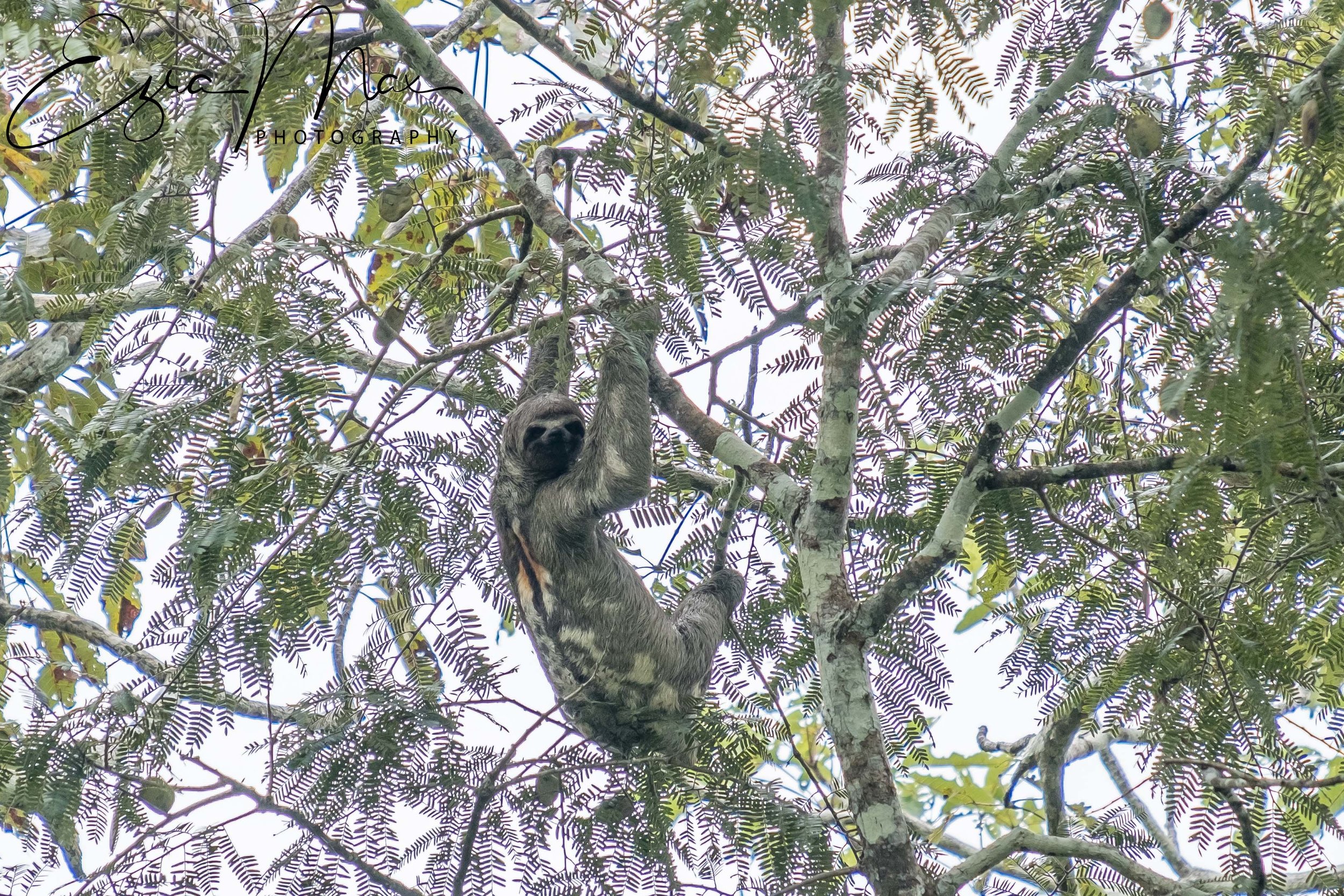
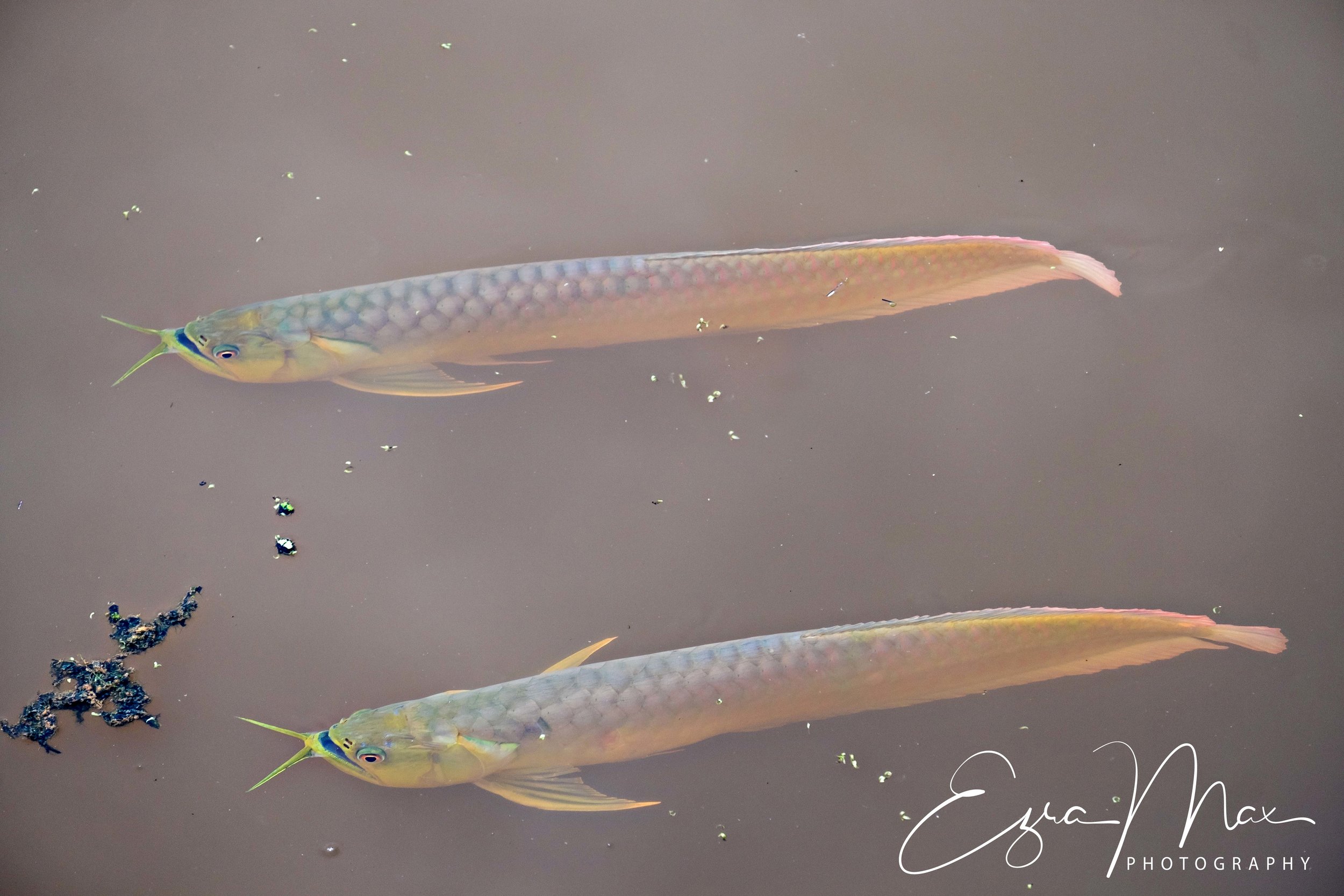
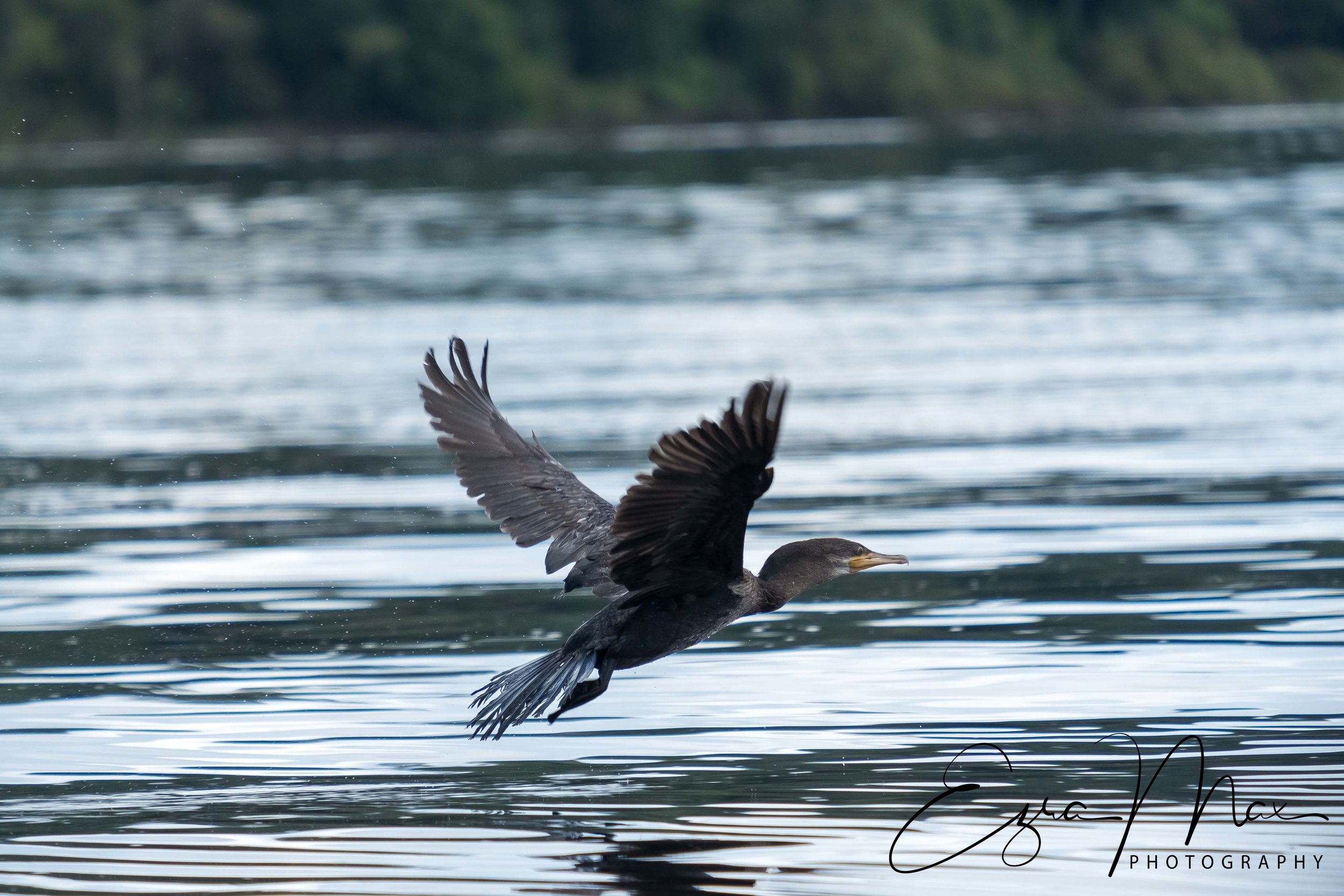
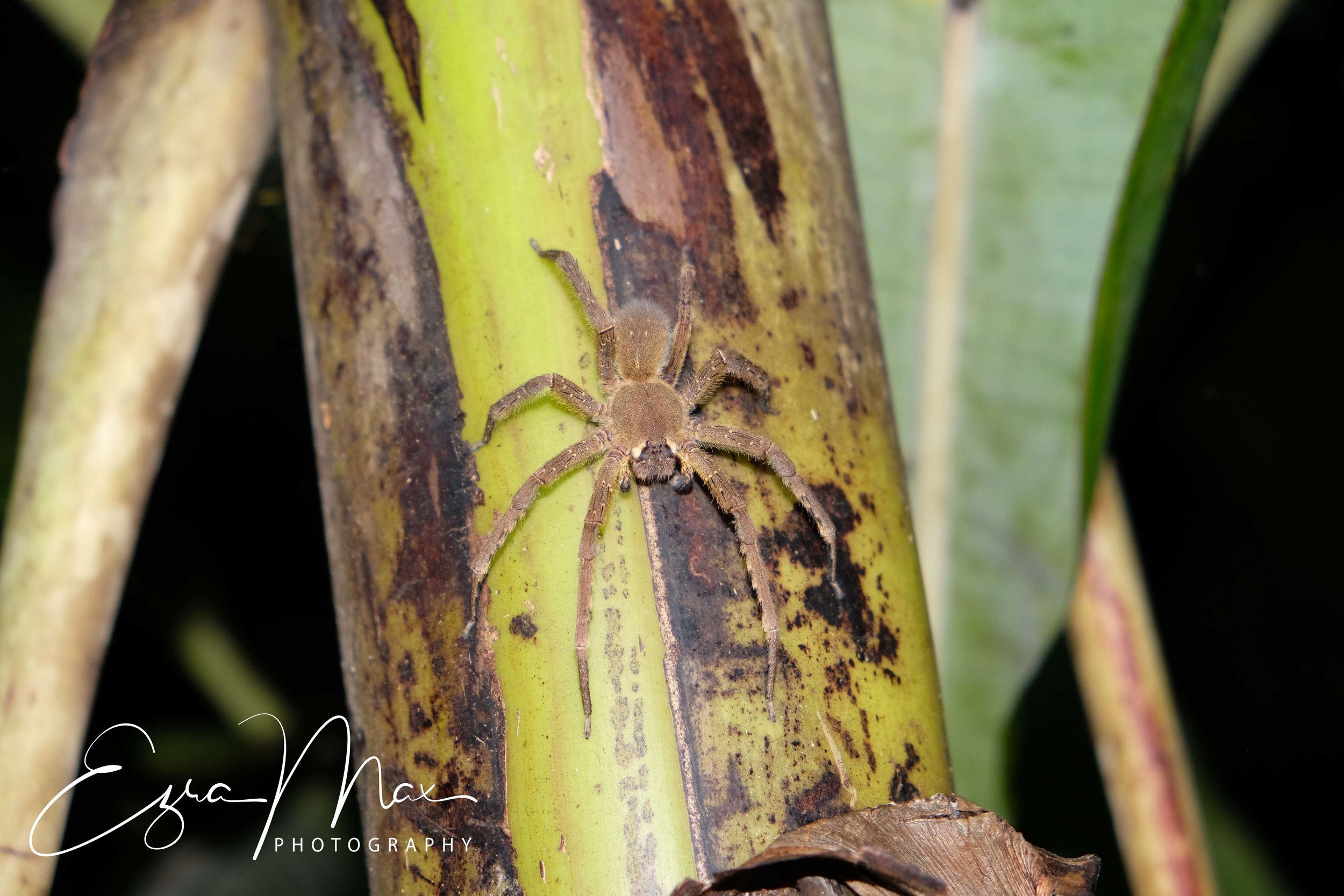
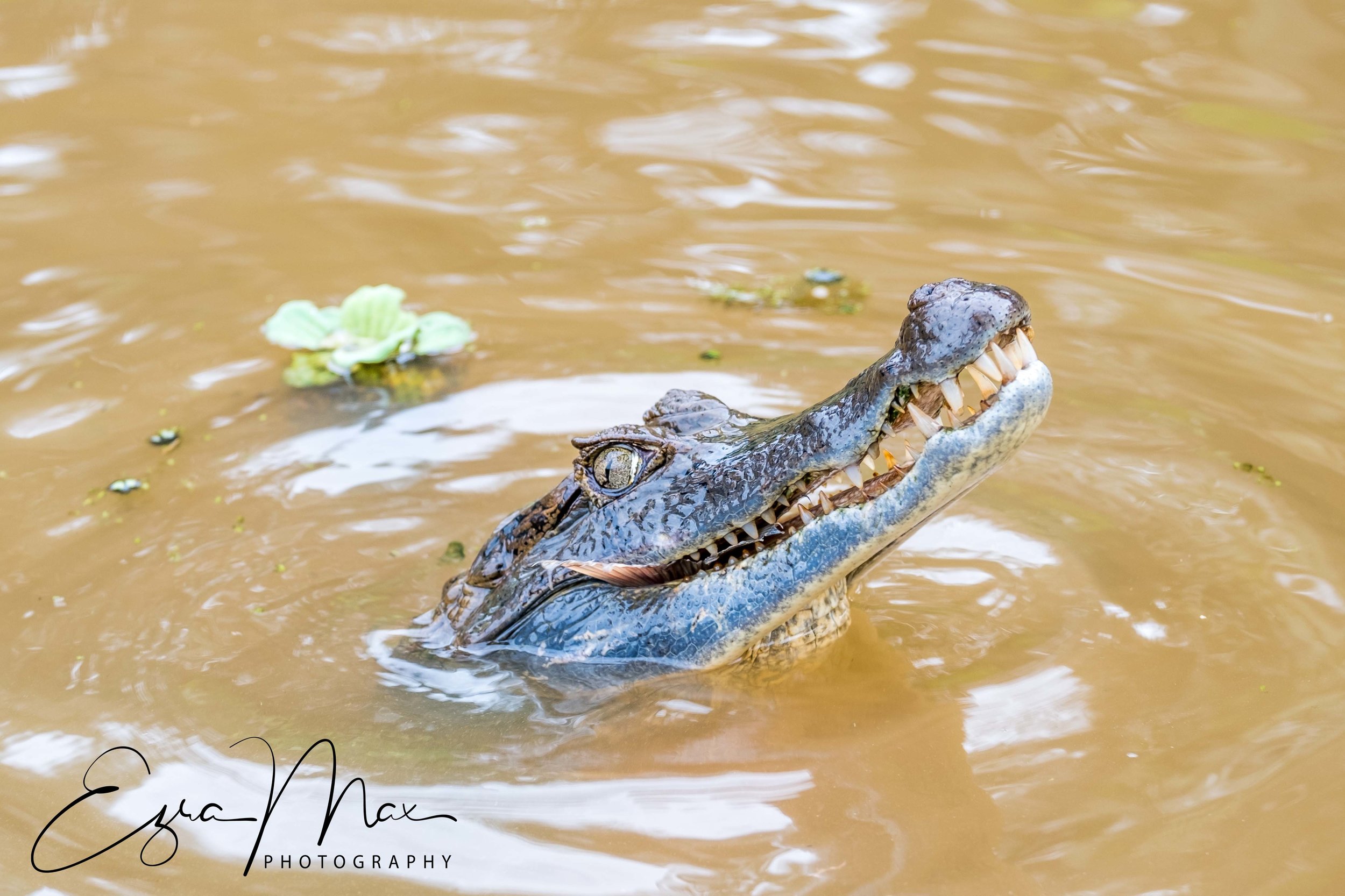
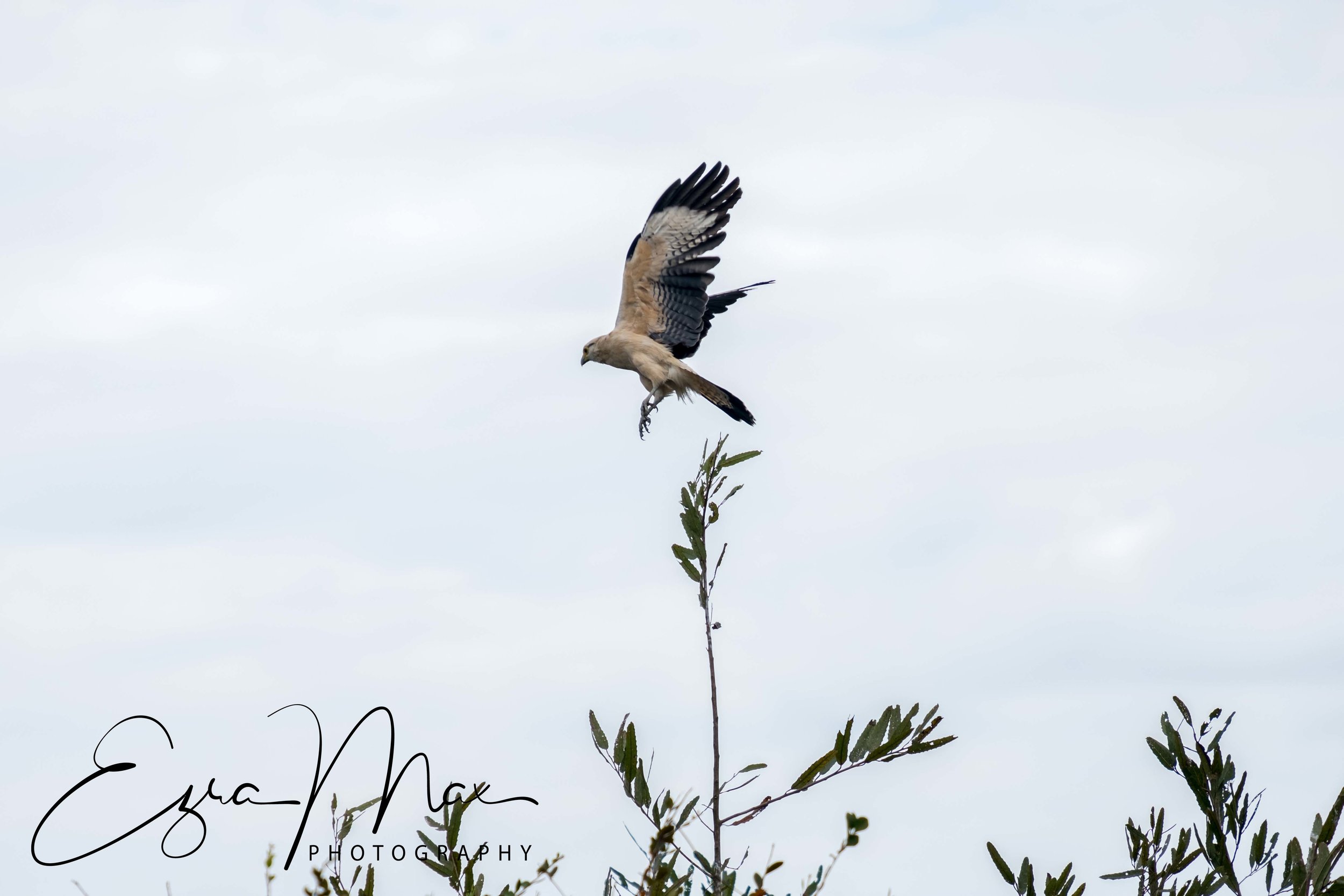
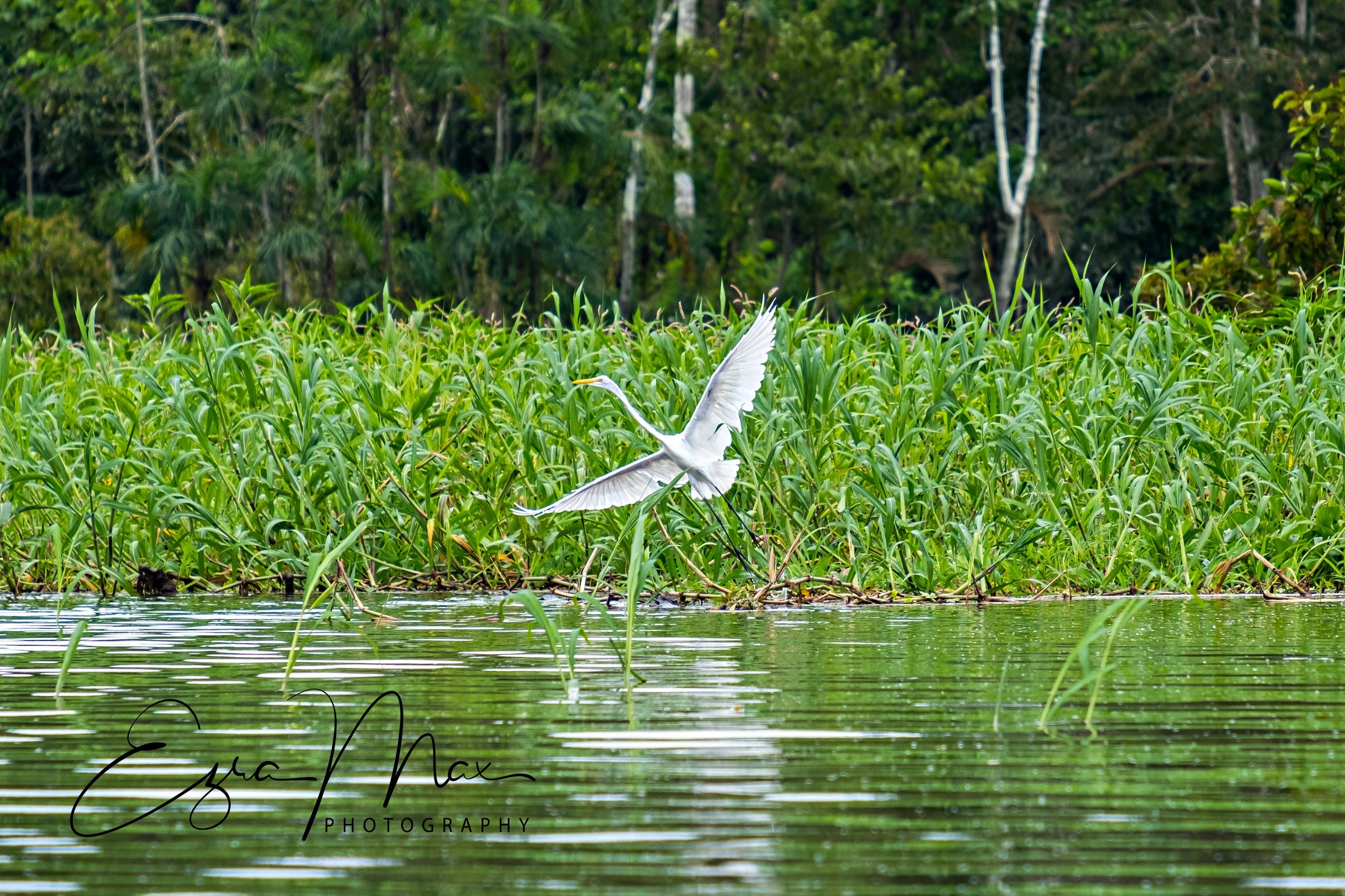
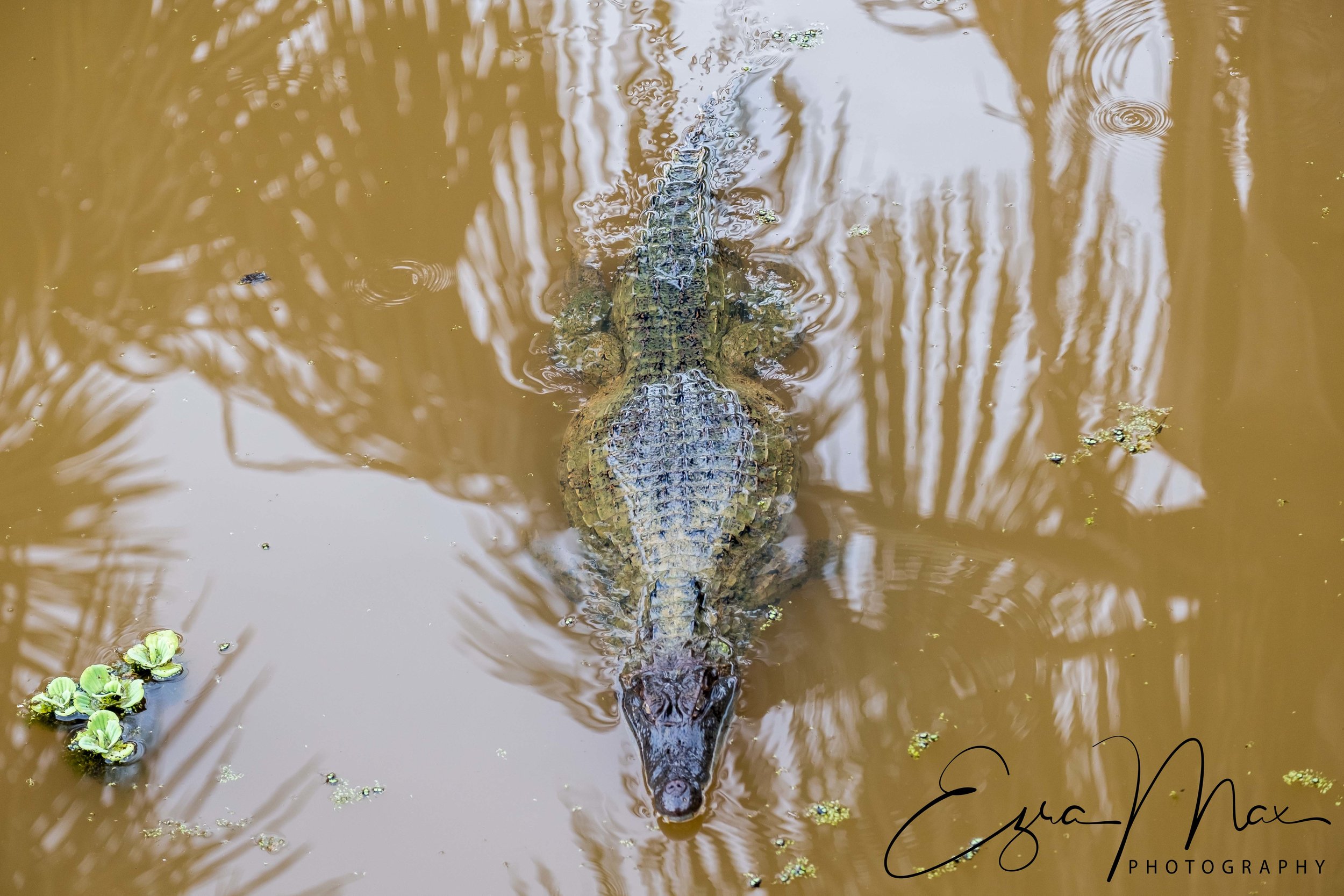
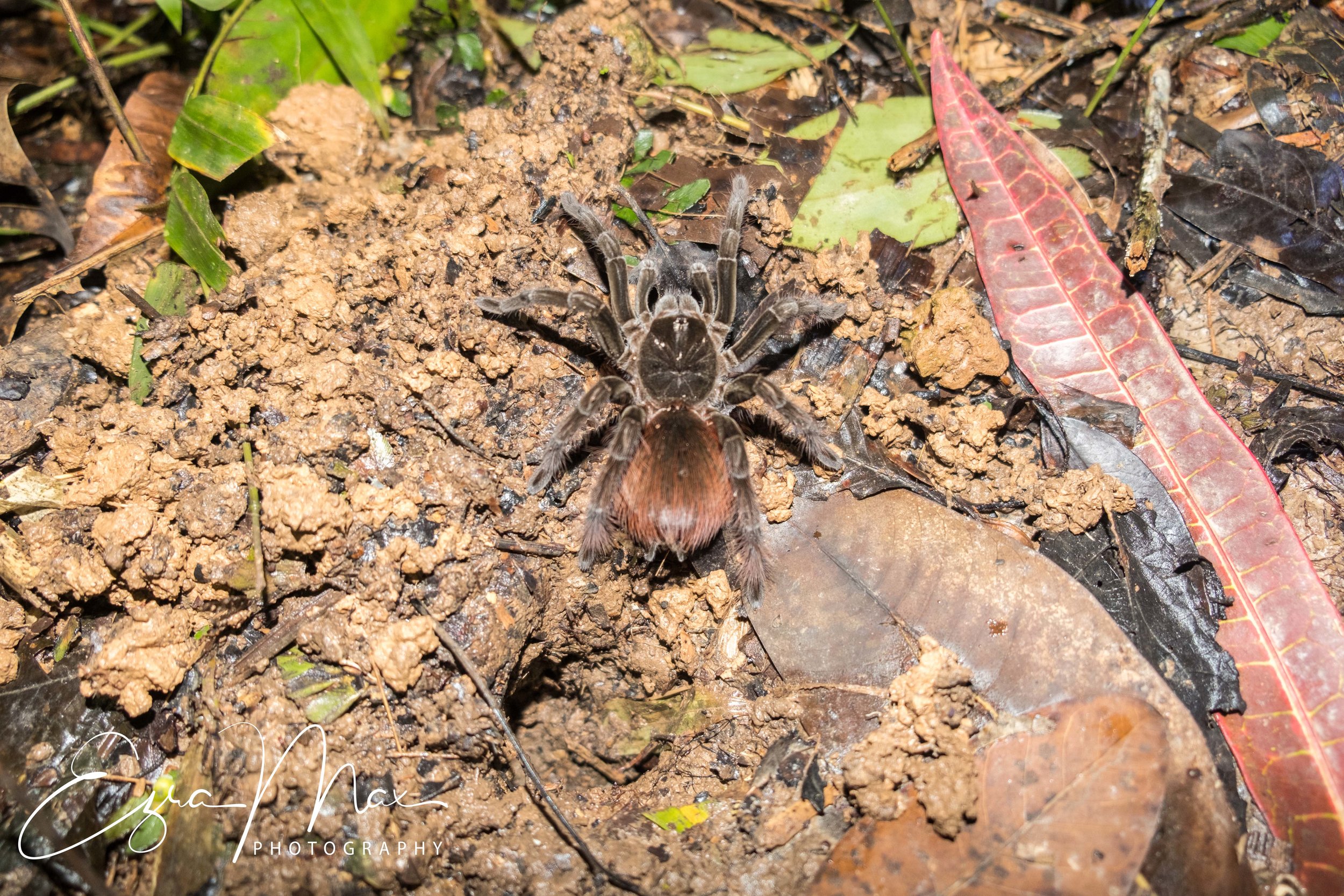
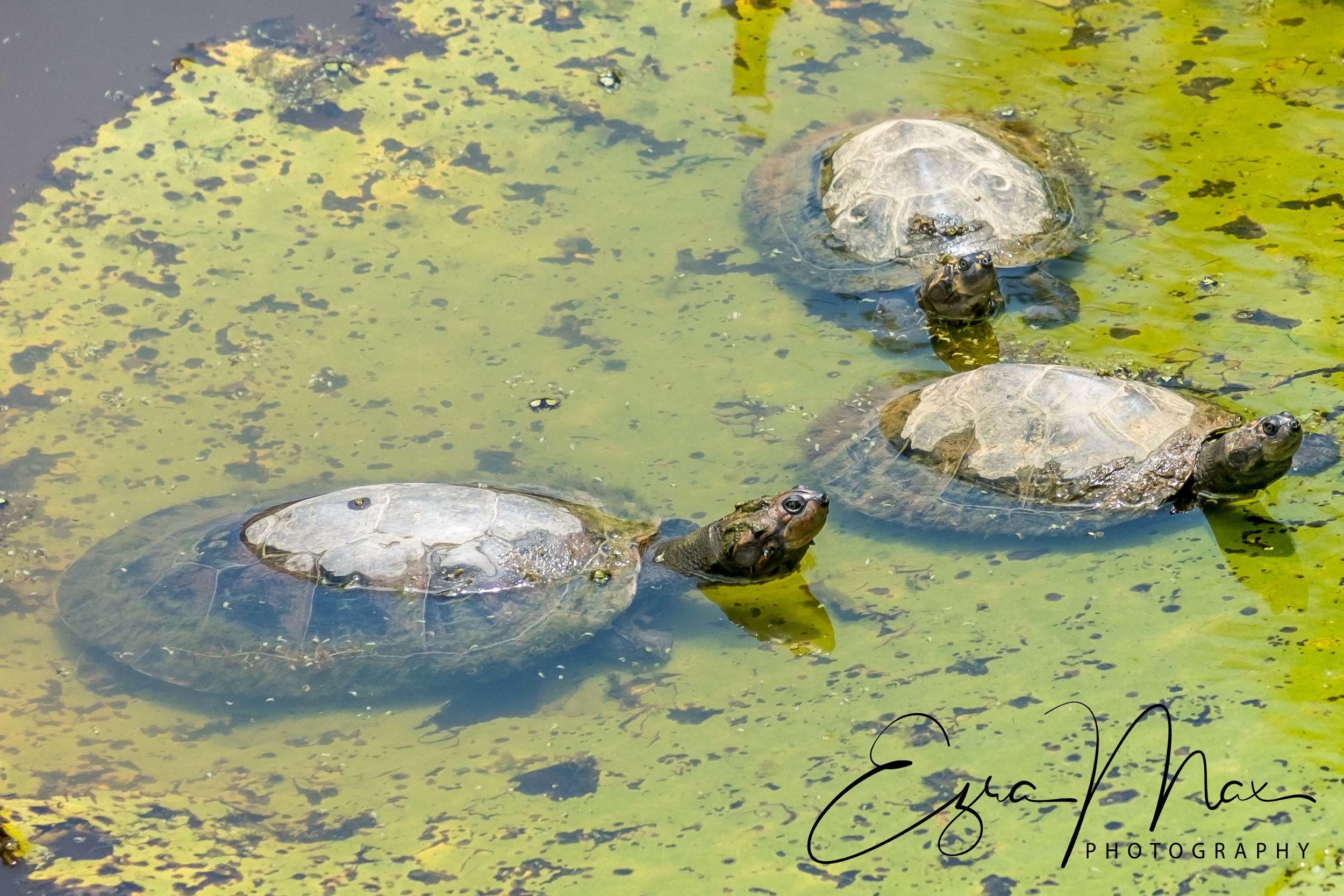
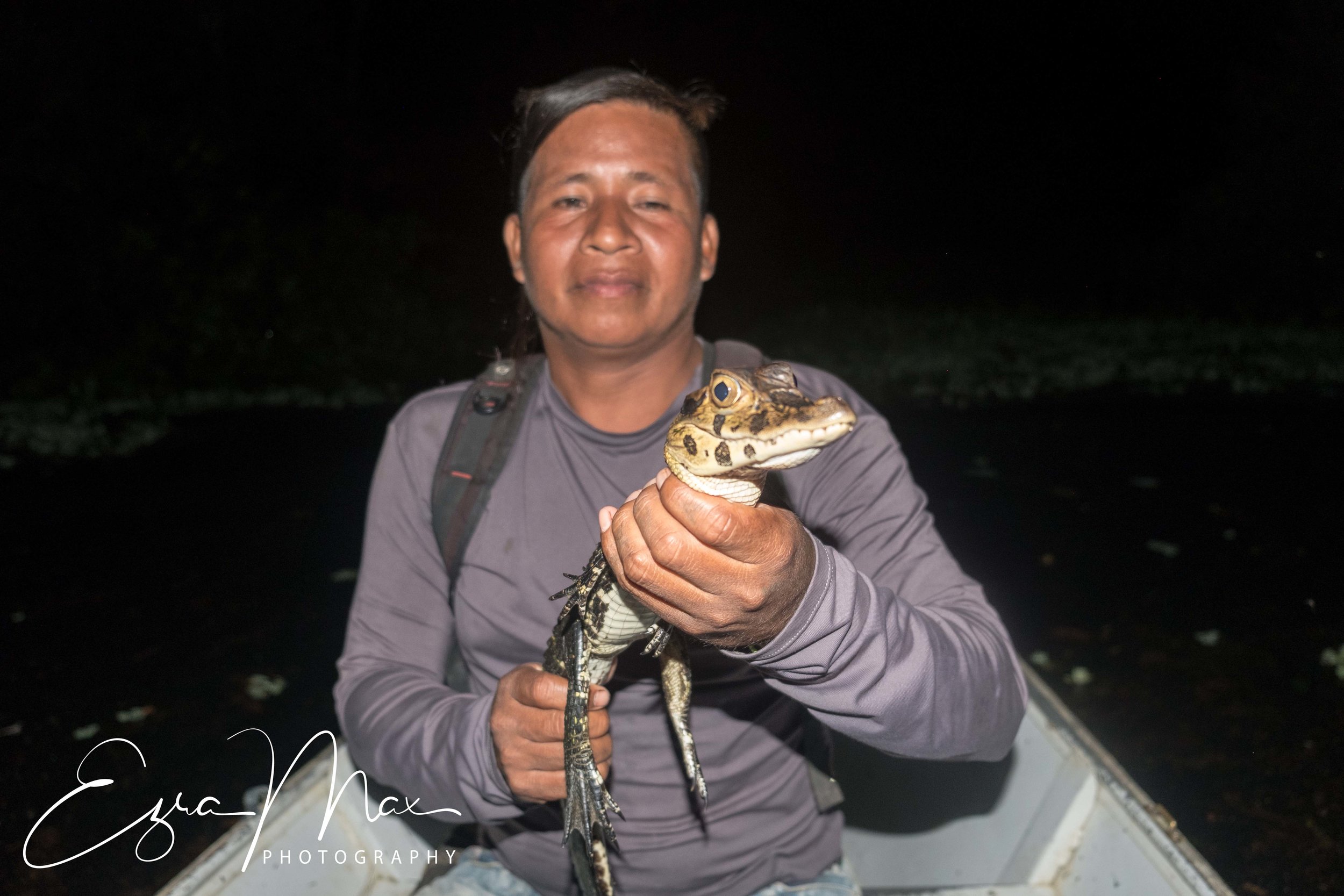
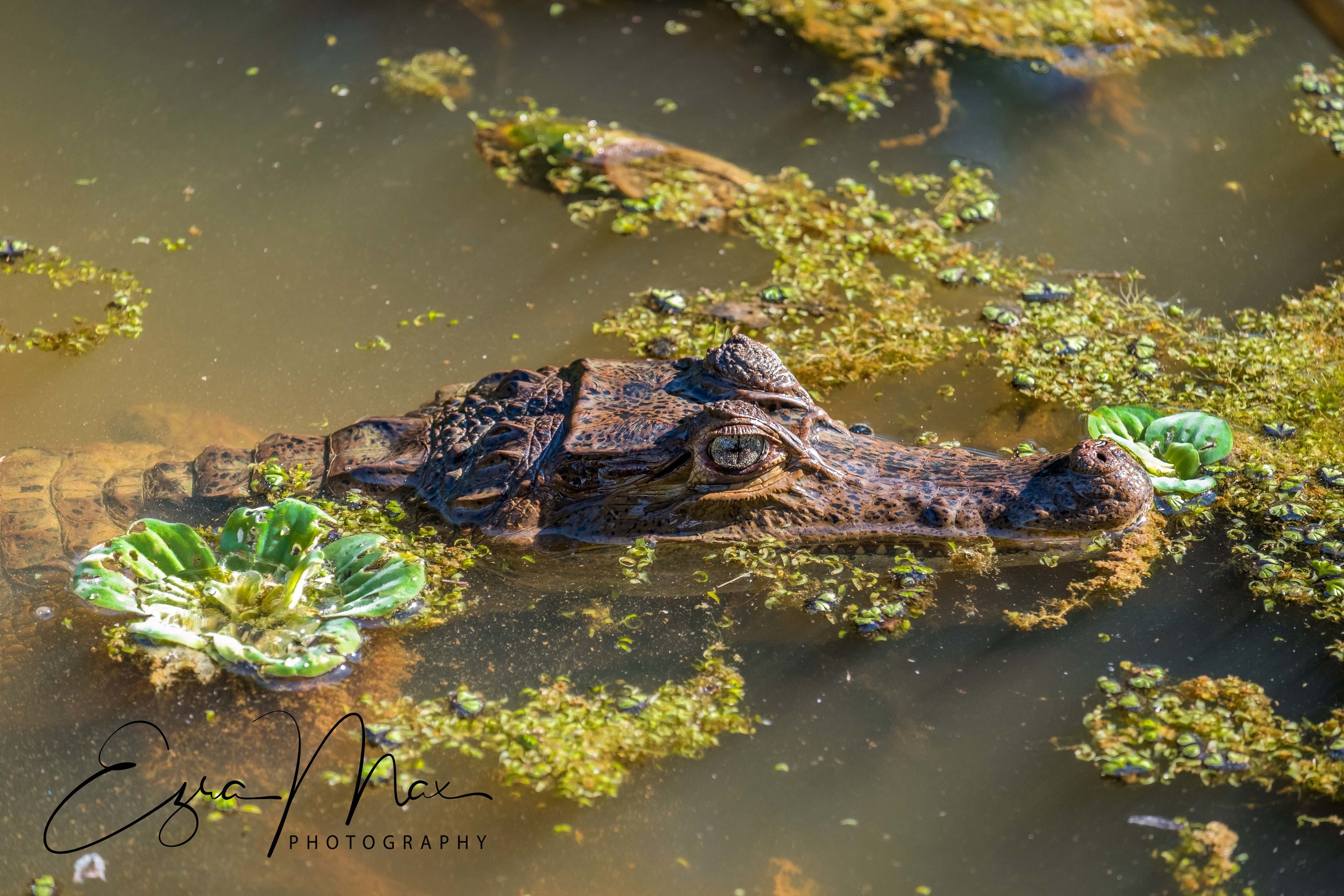
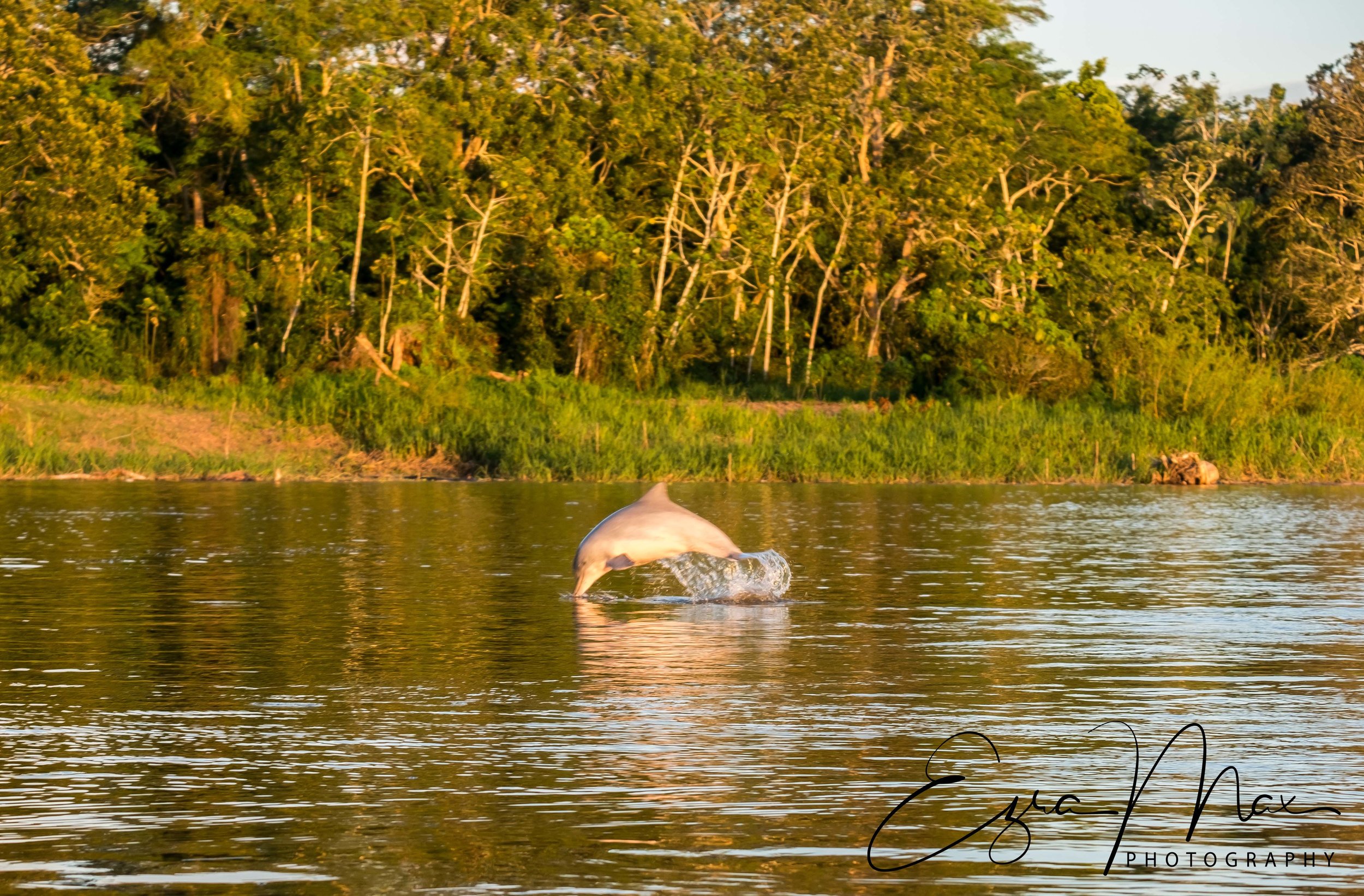
In this stretch of the Amazon, there are three primary Indigenous groups - the Tikuna, Cocama, and Yaguar. In Puerto Nariño approximately 80% of the inhabitants are Tikuna. Most of the guides I worked with were Tikuna or a mixture between Tikuna and Cocayma, and all the stories I learned came primarily from Tikuna folklore, though there are many similarities between all three. Many of my favorite moments came from hearing the myths and legends from the guides and spending time together over a beer after a long sweaty and mosquito-filled walk in the jungle. Usually, it is the allure of the animals and secrets of the jungle that draw most visitors to the Amazon, yet, I think spending time with the locals and experiencing their daily lives provides an experience as rewarding and insightful as any other part of the Amazon.
La Kurupira
The Kurupira is the protecting spirit and mother of the Amazon Jungle that lives inside the Ceiba Tree. The Kurupira has the stature of a child, is covered in hair, and has one foot facing forward and one foot facing backward. It does not like when people hunt in the jungle, cut down trees, or make a lot of noise. The Kurupira can change into anything it wishes and will often appear as a family member or friend to lead hunters deeper into the jungle on a well-made path. Suddenly, with a boom, the Kurupira (along with the path) will disappear stranding the hunter lost in the jungle. As a fan of tobacco, offerings can be made to the Kurupira asking for good luck with fishing or for a recovery of a sick family member. It is the Kurupira who learned from the gods, Ipi and Yoi, the medicinal secrets of the jungle and shared them with shamans.
- Tikuna Myth
The legend of the Kurupira is my favorite Tikuna story to tell. It is used to teach children to treat the jungle with respect and sheds insight on where the mysterious medicinal knowledge of shamans comes from. I enjoy the dual roles of the Kurupira spirit as a benevolent teacher and vengeful protector of the jungle. If you ask anybody in any of the communities if they believe in the Kurupira they will probably respond hesitantly, but continue with an eerie story they or someone they know had in the jungle that cannot be explained unless you accept the presence of the Kurupira.
Life in the Amazon
There is an interesting mix of modernization and local tradition currently taking place in Puerto Nariño and the twenty-two communities that make up the municipality. DirectTV satellites run by generators connect half-finished wooden houses to the rest of the world, while parents prefer to take their sick children to the local shamans for help instead of the local hospital.
Sunset in Puerto Nariño
Unfortunately, with the advent of modernization, technology, and tourism the local customs, traditions, and knowledge are slowly disappearing. Only the elderly are able to communicate entirely in their native languages. Traditional rituals are rarely practiced. Smartphones sending WhatsApp messages have replaced banging on giant roots of trees to send out invitations to celebrations (they used to bang on the large roots that would make a sound capable of traveling up to 2 kilometers). However, on the other hand, criminals are no longer punished by being tied naked to a Tangarana tree, which is home to the fierce bite of the Tangarana ants (a species of fire ant). The bite is reportedly as painful as a scorpion sting, and multiple bites can lead to a potentially deadly fever. In some ways not using the older traditions are better, but it always makes me feel like I am experiencing the middle of a cultural shift. In two more generations who knows what will be remembered and what won't.
Every one of the twenty-two communities in the municipality relies entirely on agriculture and fishing. Families generally fish and grow just enough to sustain themselves. Any surplus is generally brought to Puerto Nariño and sold. The extra money is most commonly used to pay for DirecTV, cell phone bills, or the occasional beer. Boats are organized to bring the children from the smaller communities to the nearest community with a school. In Puerto Nariño there is a boarding school where children from communities farther away can stay for the week. The cost of the school, including room and board, is only a certain amount of wood per child brought from their village to be used for cooking.

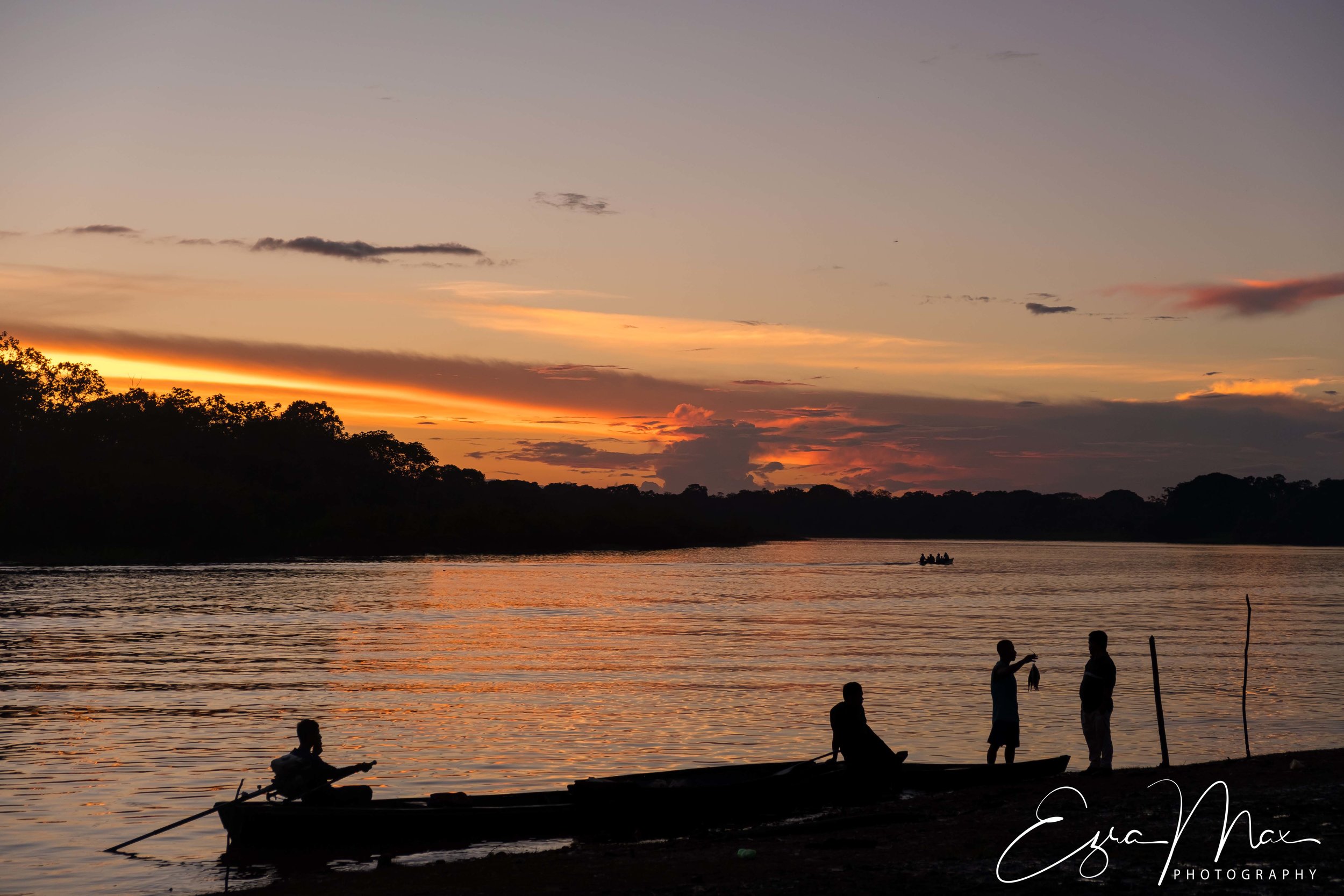
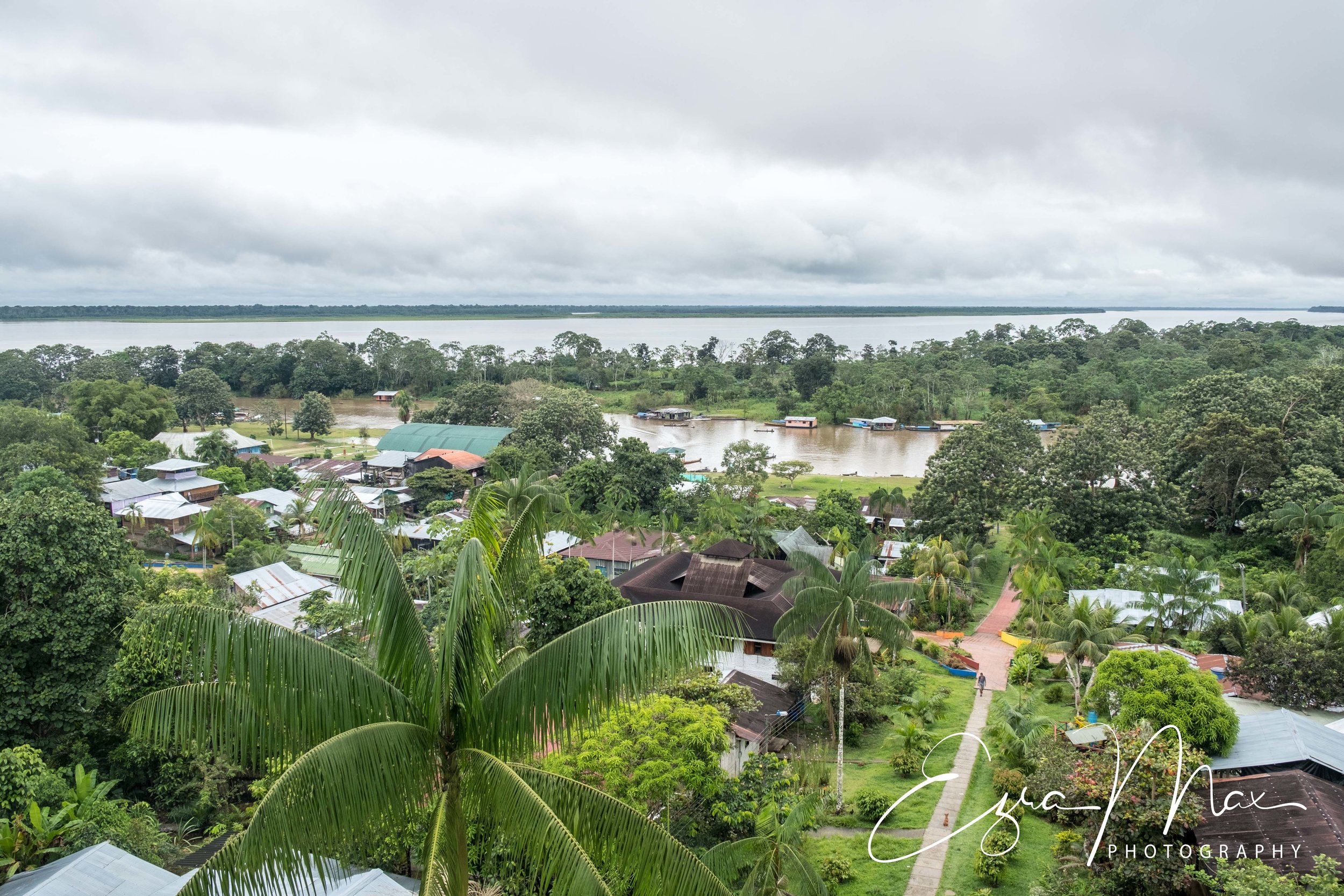

As I have found in other small and rural communities, children grow up much quicker here. More than anything it is a matter of biology over what appears to us as right age for marriage or children. When a girl is biologically able to have a child, then they are old enough to be married or at least old enough to be having sex, and it isn't a scandal by any means of the word if a teenager gets pregnant. It isn’t uncommon for the majority of girls to be married or to have had a child before they turn twenty. At the end of the day, I felt as if Puerto Nariño was a small bubble with cultural norms of the past adding technology to improve or, at least, raise the level entertainment in their daily lives.
Protecting the Environment
The pink dolphin can transform into a man and come out of the water into a village during a celebration. As a man, the pink dolphin wears a manta ray as a hat, a crab as a watch, an anaconda as a belt, two fish as shoes, and an electric eel as a machete. The pink dolphin will come ashore looking for a woman to enchant and bring back into the water. Once a woman is brought to the water she is never seen again.
- Tikuna Myth
The captured women are believed to then transform into a pink dolphin and become the mothers for the next generations of dolphins. Due to this, the pink dolphin is considered sacred as they carry Tikuna blood in their veins. Just sitting out near the water in Puerto Nariño you can see many pink and grey dolphins. The pink dolphins rarely come further above the water than is necessary to breathe, while the grey dolphins can often be seen leaping out of the water. Trying to get shots of either species of dolphin can be incredibly frustrating. Hunting either pink or grey dolphins are illegal and killing a pink dolphin is considered bad luck in Tikuna culture.
Grey Dolphin
Puerto Nariño, unlike many other towns along the Amazon, seems to place a large importance on the environment and protection of endangered species. There are multiples organizations dedicated to the protection of animals and environment. I believe part of this stems from the myths that give many animals a place of importance within the communities here. Many of the laws that protect dolphins and other animals from being hunted don't exist further down the river in Brazil. Every visitor to Puerto Nariño is given a set of guidelines about how to behave in order to protect the environment when they arrive at the port (after my recent boat trip all the way up the Amazon and then the Napo River to Ecuador, I saw a lot more trash around these villages than I ever saw in PN). On the other hand, having a smaller piece of the Amazon River may lead the Colombian government to work harder to protect it. During my time in Puerto Nariño, the Colombian President, Juan Manuel Santos, paid a visit to the small town (the first time any president has ever visited) and signed an agreement that guarantees offer further protection to the land and specifically the lakes in the area.
Sunset over Lake Tarapoto
Leaving Colombia
My seven weeks living and working in Puerto Nariño makes it one of the places I have laid my bag to rest for the longest period of time in over three years. I immensely enjoyed being a part of a community and greeting the same fisherman and families every morning. I was given an unusual and almost forgotten sense of belonging and I will always be incredibly grateful to the guides, locals, and co-workers for the wonderful friendships and memories that I am leaving with.
I entered Colombia with relatively little Spanish knowledge and through a little dedication and amazing locals I was able to learn quite a bit. I will always be grateful to all of the Colombians who were patient and willing to talk with me and aid me with my Spanish. Working as a translator was a great learning experience for me and I am excited to continue my travels with a better grasp of Spanish.
*If you'd like more information on how to reach Puerto Nariño or for organizing an adventure in that area of the Amazon do not hesitate to get in touch.





